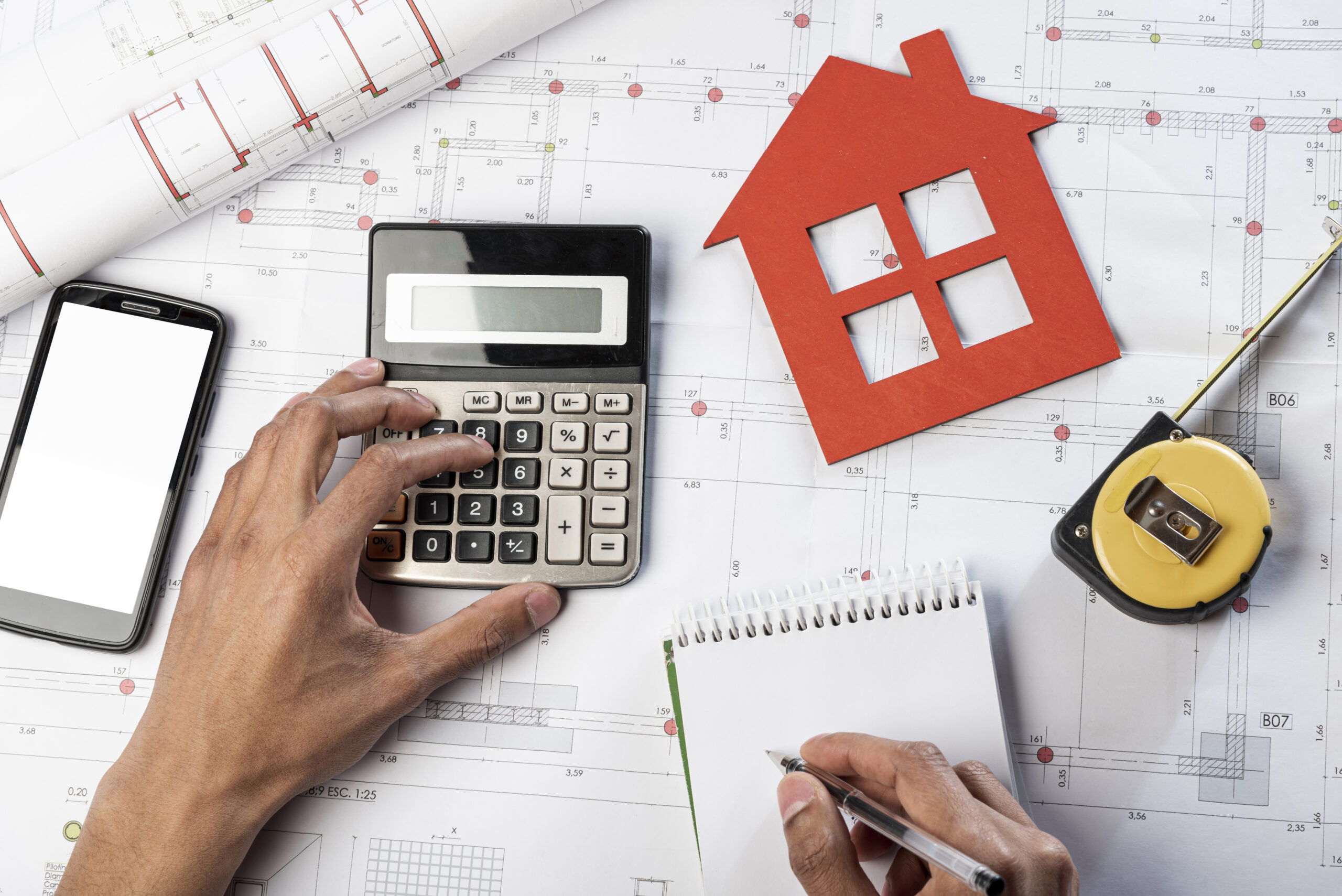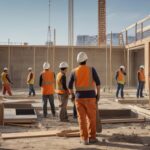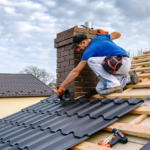Building a house in 2025 is a significant financial plan, influenced by various factors such as location, size, materials, labor, and technological advancements. With rising construction costs and evolving building practices, understanding the breakdown of expenses is crucial for prospective homeowners.
Average Cost to Build a House in 2025
The cost to build a home varies widely based on location, design complexity, and material choices. On average, constructing a 2,000-square-foot home in the United States ranges from $200,000 to $400,000, translating to $100 to $200 per square foot. However, these figures can escalate with premium materials or custom designs.
Regional Variations
Construction costs differ significantly across states due to labor rates, material availability, and local regulations:
| State | Average Cost for 2,000 sq ft Home |
| Alabama | $278,000 |
| California | $346,000 |
| Florida | $284,000 |
| Georgia | $290,000 |
| New York | $354,000 |
| Texas | $294,000 |
| Washington | $346,000 |
Detailed Cost Breakdown
1. Pre-Construction Costs
- Land Purchase: Highly variable; can range from $5,000 to over $500,000 depending on location and lot size.
- Architectural Plans: Pre-designed plans may cost $500 to $3,500, while custom designs can be 8–12% of the total project cost.
- Permits and Inspections: Typically range from $2,000 to $3,000, varying by municipality.
2. Site Preparation
Site preparation is an essential first step in the home-building process in 2025, and it comes with its own set of costs. Clearing and grading the land typically costs between $2,300 and $3,200, depending on the property’s condition and terrain. Foundation costs vary based on the type selected. A basic slab foundation usually ranges from $8,000 to $10,500. However, opting for a foundation with a basement significantly increases the expense, with costs ranging from $18,000 to as much as $80,000, depending on the depth, materials, and complexity of the design.
3. Structural Components
- Framing: Wood framing averages $33,000, while metal framing starts at $20,000.
- Roofing: Installation costs range from $5,500 to $11,500, depending on materials.
- Siding: Averages $12 per square foot, with variations based on material choice.
4. Interior Systems
Interior systems are a significant component of the overall cost to build a house in 2025. Plumbing expenses typically range from approximately $11,000 to $12,000. Electrical work generally costs around $4 per square foot, depending on the size and complexity of the home. HVAC systems, which include heating, ventilation, and air conditioning, can vary widely, with costs ranging between $5,000 and $12,500. Insulation is another key element, with expenses typically falling between $3,000 and $5,000, depending on the materials used and the square footage.
Finishes and Fixtures
- Drywall: Installation costs between $1.50 and $3 per square foot
- Doors and Windows: Total between $6,000 and $8,500, varying by design and quality.
- Painting: Approximately $5 per square foot.
- Cabinets and Countertops: Starting at $6,550, depending on materials.
Additional Costs
When calculating the cost to build a house in 2025, it’s important to account for additional expenses beyond construction. Temporary living arrangements over a 7-month period may cost between $8,600 and $11,900. Cleanup and waste removal typically add around $2,300 to the budget. Landscaping can range from $2,000 to $5,860, depending on the scope of the work. It’s also wise to set aside at least $45,000 for contingencies and miscellaneous expenses to cover any unforeseen costs that may arise during the building process.
Labor Costs
Labor expenses constitute a significant portion of construction costs:
- General Contractors: Charge about $22.08 per hour.
- Specialized Trades:
- Electricians: Average $28.83 per hour.
- Plumbers: Average $28.94 per hour.
- Electricians: Average $28.83 per hour.
Technological Advancements and Sustainability
Innovations are reshaping home construction:
- 3D Printing
3D printing is revolutionizing the construction industry by allowing entire sections of homes, or even complete structures, to be built using large-scale printers. This method significantly reduces the need for manual labor and speeds up the building process.
It also leads to less material waste, as only the exact amount of material needed is used, contributing to both cost-efficiency and sustainability. The precision of 3D printing allows for intricate architectural designs that would be difficult or costly to achieve using traditional construction methods.
- Modular Construction
Modular construction involves fabricating parts of a building, such as walls, floors, or even entire rooms, in a factory setting before transporting them to the site for final assembly. This method not only shortens the construction timeline but also helps control quality, as components are built in a controlled environment. It reduces on-site labor demands and minimizes delays caused by weather or logistical issues.
- Energy-Efficient Systems
Sustainability is no longer optional in modern home construction. Energy-efficient systems, such as solar panels, smart thermostats, high-efficiency HVAC units, and advanced insulation, are becoming standard features in new builds.
While these systems may raise initial construction costs, they dramatically reduce utility bills over time and may qualify for tax credits or incentives. Moreover, energy-efficient homes have higher resale value and appeal to environmentally conscious buyers, making them a smart long-term investment.
Conclusion
Building a house in 2025 requires careful financial planning, considering various factors from land acquisition to finishing touches. While average costs for a 2,000-square-foot home range between $200,000 and $400,000, individual choices and market conditions can significantly influence the final price. Staying informed about regional variations, labor and material costs, and emerging construction technologies can aid in making cost-effective decisions.






